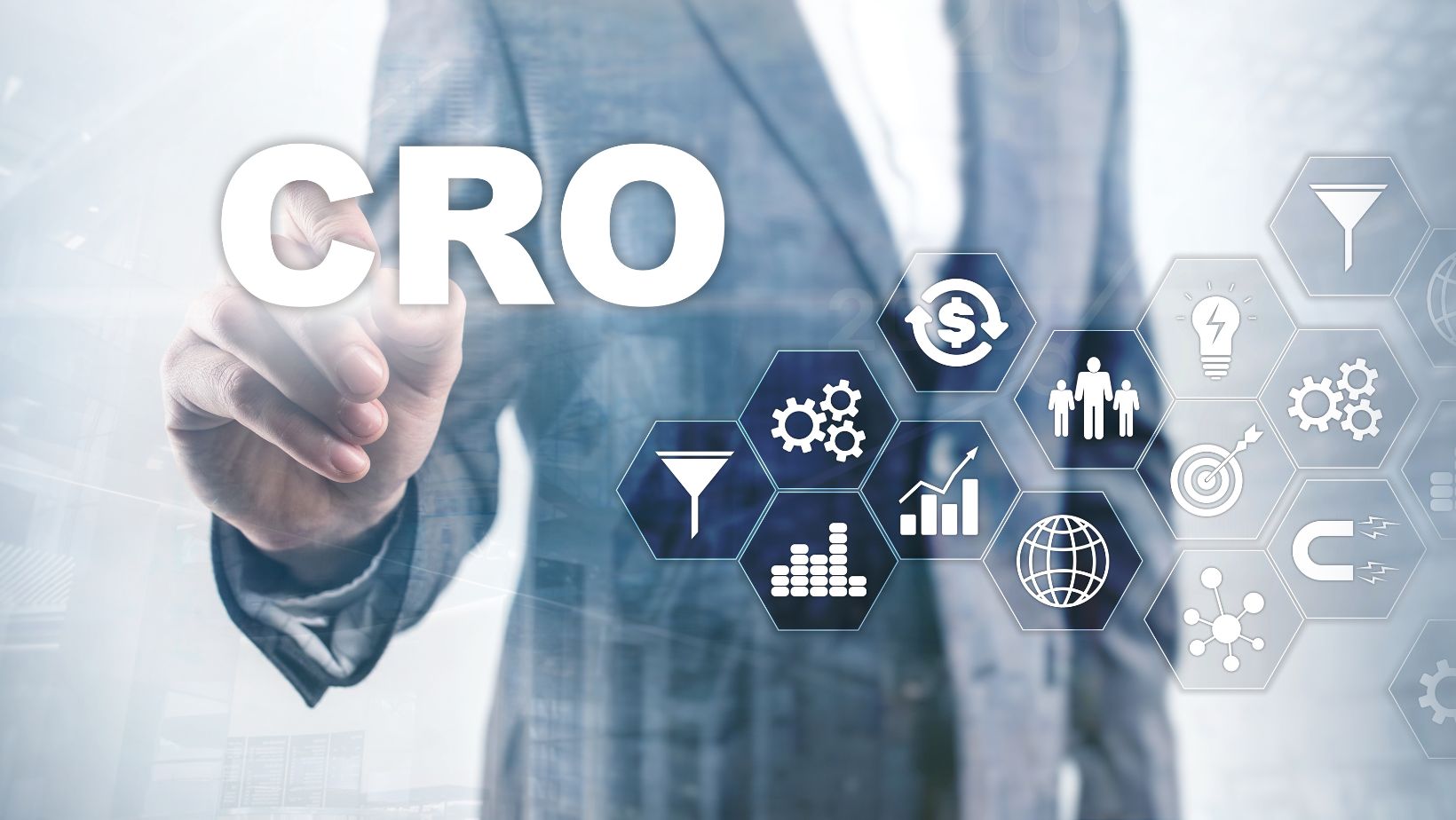In the competitive world of digital marketing, getting traffic to your website is just half the battle. The real challenge? Turning that traffic into results. That’s where conversion rate optimization comes in. But exactly what is conversion rate optimization? And how can it help you grow your business faster, smarter, and more efficiently?
This comprehensive guide explains the conversion rate optimization meaning, introduces actionable strategies, and offers real-world conversion rate optimization examples to help you master the art and science of CRO.
https://blog.wask.co/digital-marketing/conversion-rate-optimization/
The Basics of CRO
Why is CRO Important for Your Business?
You may have thousands of visitors on your website each month, but if none of them convert—whether that’s a purchase, sign-up, or form fill—you’re losing potential revenue.
CRO optimization helps maximize the value of every visitor by refining user experiences and removing friction points that block conversions.
Whether you’re an e-commerce store, SaaS company, or blog, conversion rate optimization in digital marketing is a critical tactic that can directly impact your bottom line.
Key Benefits of CRO
- Increased ROI: Get more from your existing traffic.
- Improved UX: Happier visitors lead to better engagement.
- Scalability: Scale growth without increasing ad spend.
- Competitive Advantage: Beat your rivals by delivering smoother experiences.
Still wondering what is CRO in marketing? In simple terms, it’s a process that refines everything from your messaging to your layout, turning curious visitors into loyal customers.
How to Establish Conversion Metrics
Identifying Goals and KPIs
Before you start optimizing, it’s essential to define what a “conversion” is for your business. Is it a purchase? A subscription? A lead magnet download?
Once you define conversion rate optimization goals, you can map out Key Performance Indicators (KPIs) such as:
- Conversion rate percentage
- Bounce rate
- Time on page
- Funnel drop-off points
Tracking and Measuring Success
Use tools like:
- Google Analytics 4
- Hotjar / Microsoft Clarity (for heatmaps)
- CRM tools and A/B testing platforms

This data reveals the friction points and helps you become a true conversion rate optimizer.
The Conversion Rate Optimization Process
Step 1: Analyze Current Performance
Start with baseline metrics:
- Where are users dropping off?
- Which pages have the highest exits?
- What’s the current cro conversion rate optimization score?
Step 2: Understand User Behavior
Use behavioral tools to learn:
- Scroll depth
- Click maps
- Mouse movements
This offers key insight into user intent and frustrations—critical to conversion optimization meaning.
Step 3: Develop Hypotheses for Improvement
Every CRO process includes:
- “If we do X, then Y will happen” logic
- Prioritized test ideas based on impact vs. effort
For example:
Hypothesis: If we change our CTA button from blue to red, users will click more.
Step 4: Test and Implement Changes
Run A/B or multivariate tests. Evaluate outcomes, implement successful changes, and re-test regularly. Optimization is never a one-and-done task.
This is the backbone of what is conversion optimization—continual testing and learning.
Conversion Rate Optimization Examples
Real-Life CRO Case Studies
Example 1: Real Book Cover vs. Abstract Version

A publishing company tested two different book covers on a landing page:
- Version A: Real author photo + quote
- Version B: Abstract design with bright colors
Result: Version A outperformed by 47%, proving that personal connection drives conversion.
Example 2: Predicting the Next Best Action
A SaaS company integrated an AI tool that predicted what users were likely to do next—like reading a second article or exploring pricing.
By rearranging content blocks accordingly, they increased sign-ups by 22%. This is a powerful conversion rate optimization example of aligning design with intent.
Advanced CRO Strategies
Ready to move beyond basics? Here are some advanced tactics:
- Dynamic Text Replacement: Tailor page copy based on referral source.
- Exit-Intent Modals: Recover abandoning users with discounts or content.
- Live Chat A/B Tests: Evaluate whether adding live support increases conversions.
- Personalization Engines: Use behavioral data to deliver 1:1 content.
- AI-Powered User Segmentation: Serve different experiences to new vs. returning users.
These strategies help advanced teams act as expert conversion rate optimizers.
Wrap-Up: Why CRO Matters More Than Ever
Let’s bring it all home:
- The conversion rate optimization definition centers around improving user paths to take a desired action.
- It’s not about guessing—it’s about data-driven experimentation.
- If you’re in digital marketing, you need to understand what is conversion rate optimization and start applying it.
In today’s saturated online landscape, having traffic isn’t enough. Conversions are what sustain businesses—and conversion rate optimisation is how you get there.
So next time someone asks, “What does CRO mean?” you won’t just know the answer—you’ll know how to execute it with confidence. Ready to optimize? Start with your homepage, product page, or checkout flow. Track the impact. Test again.
That’s the real conversion optimization meaning: smart changes, clear data, better results.

